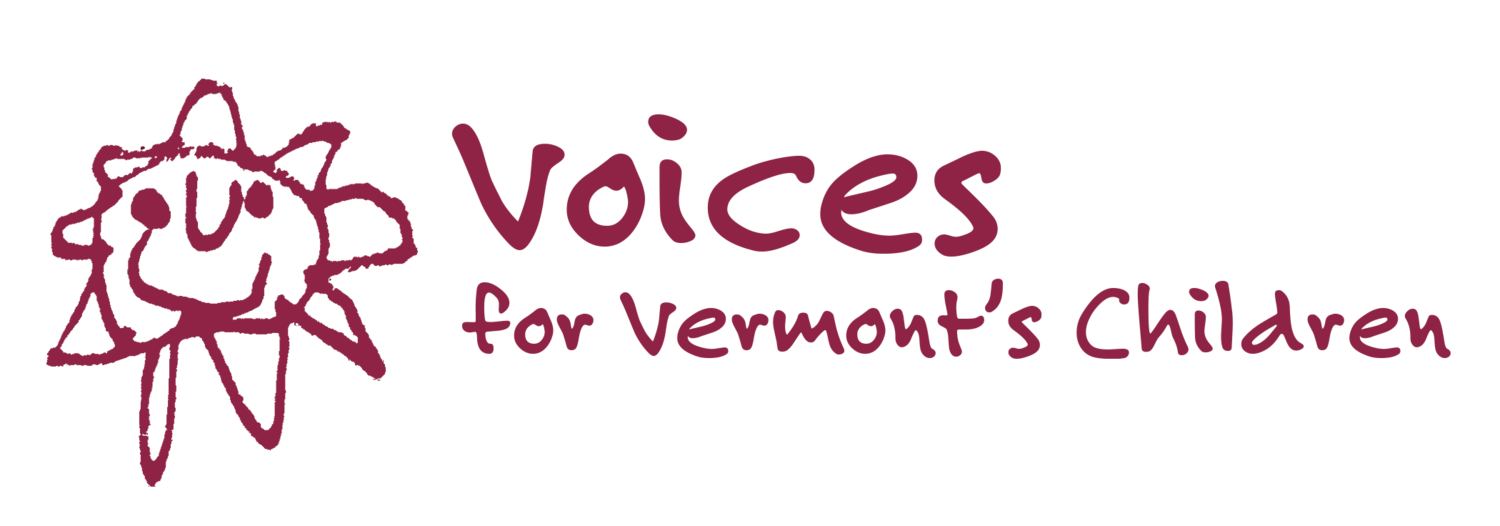2025-26 Policy Agenda
Voices for Vermont’s Children believes that every child deserves to live in a community that prioritizes their wellness, development, and sense of belonging.
These commitments are carried out in our families and in longstanding institutions, many of which are now threatened by the rise of anti-democratic actions and a destabilizing concentration of wealth and power. The work of independent policy advocacy organizations like Voices is essential, and under threat by rising authoritarianism. Today’s young people need us to stand with them in defense of their futures.
2025 Legislative Priorities
Investing in a better tomorrow means uniting around the need for structural change. Our policy priorities for 2025 emphasize systemic investments to address the significant racial, social, and economic disparities that still exist among Vermont's children and youth, centering youth voice in the decisions and environments that shape their lives, and clear movement toward equity and justice in our homes, schools, and communities.


